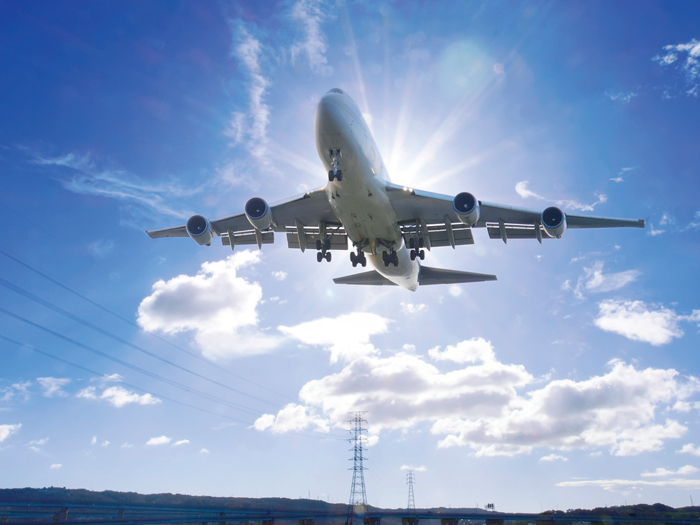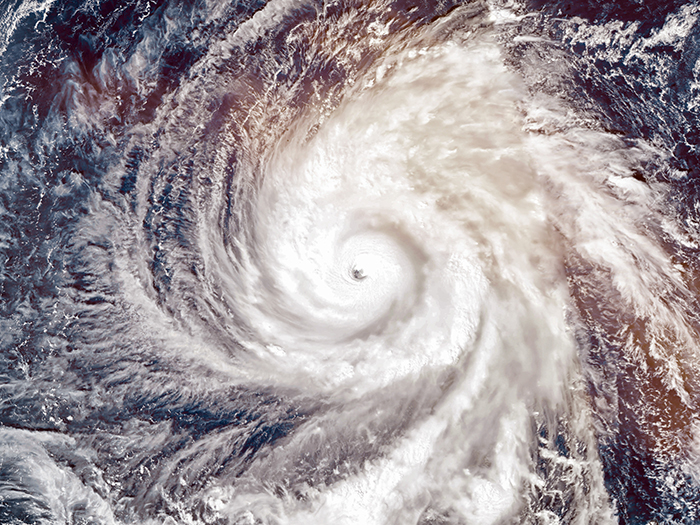Aviation Insurance Expert Weighs In on the Grounding of Boeing 737 MAX 8

Ethiopian Airlines Boeing 737 MAX jetliner crashed, killing 157 people and leaving no survivors.
It was the second such incident in five months. In October, a Lion Air Boeing 737 MAX crashed shortly after take off in Jakarta, Indonesia, killing 189.
This second crash led regulators in China, Australia, Britain, France and Germany to ground all flights involving the aircraft shortly after the devastating incident — and, it raised serious concerns about a plane that airlines have bought by the hundreds due to its fuel efficiency.
On Wednesday, President Trump announced that the United States, too, would ground the Boeing 737 MAX jetliners, reversing an earlier decision by regulators. This came on the heals of the Federal Aviation Administration identifying similarities between the Ethiopian Airlines flight and the Lion Air crash in Indonesia.
The New York Times explains: “The Federal Aviation Administration had for days resisted calls to ground the plane even as safety regulators in some 42 countries had banned flights by the jets. As recently as Tuesday, the agency said it had seen ‘no systemic performance issues’ that would prompt it to halt flights of the jet. That changed Wednesday when, in relatively quick succession, Canadian and American aviation authorities said they were grounding the planes after newly available satellite-tracking data suggested similarities” between the two crashes.
What Exactly Happened?
“The flight left Ethiopia’s capital, Addis Ababa, about 8:38 a.m. on a routine flight to Nairobi, Kenya, and was expected to make a clockwise turn to the south sooner than it did. The pilot radioed the control tower and asked for clearance to return to the airport, but the plane crashed about eight minutes after it took off,” reported the Los Angeles Times.
In both this case and the Lion Air case, the “jetliners appear to have had unexpected altitude drops shortly after takeoff. In the Lion Air accident, the pilots battled about a dozen nose-down movements that were caused by automated systems. It is unknown what caused the Ethiopian altitude drops,” read the Los Angeles Times.
Grounding is unusual but not unprecedented. The grounding of an aircraft is a rare occurrence, but it does happen from time to time. In 2013, the FAA grounded the Boeing 787 aircraft for a few months after two lithium ion batteries caught fire. Back in 1979, the FAA grounded the McDonnell Douglas DC-10 after four fatal crashes due to defective cargo doors and engine mount.
This Aviation Insurance Expert Weighs In
Brad Meinhardt, area president at Gallagher, a 2019 Aviation Power Broker winner and a pilot himself, said that Boeing is likely working overtime to fix the problem and prove to regulators that the aircraft is indeed safe. That will likely come in the form of changes to operating procedures, operating manuals, advice to pilots and software upgrades.
“History will suggest that when you have an anomaly like this, the manufacturer will work with government agencies to get it resolved very quickly,” said Meinhardt. “It’s their baby. The 737 is the most popular line in history. They’ve got a tremendous number of orders and they’ve got customers who are concerned.”
He said Boeing has $500 million in coverage for grounding liability and that underwriters began setting aside reserves before the grounding was even announced. He explained the total insured loss on this aircraft is valued at $54 million.
“Ethiopian carries $1.5 billion in aircraft liability limits,” he said. “The word in the market right now is the initial reserve, subject to change, is probably in the area of $150 million.”
Catastrophic disasters like this only strengthen the resolve of aviation underwriters aiming to increase rates and premiums. It’s an already expensive business with attritional losses — like scrapes and abrasions, wingtips hitting each other or fire suppression systems going off and ruining jet engines.
“Just the daily grind runs between $500 million and $750 million per year,” said Meinhardt.
“The cost of repairs is much higher than years ago. There’s not a lot of room for catastrophic claims when you’re already spending money on attritional claims you can count on year after year.” &











